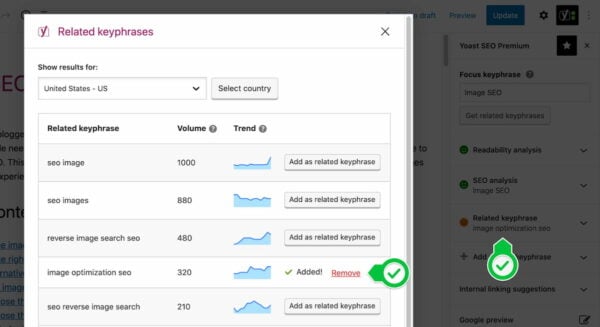


Despite this, respiratory chemoreceptors that normally would increase ventilation are muted. P o 2 falls while underwater, whereas P co 2 rises dramatically. B: respirations also cease during diving, inducing radical changes in blood chemistry. The transitory increase in arterial blood pressure due to sympathetic activation can also be seen. Homeostatic control of cardiovascular hemodynamics and respiration are disrupted during underwater submersionĪ: note the ∼80% drop in HR when a laboratory rat ( top left photograph) volunteers to dive underwater (down arrow), which persists until it surfaces (up arrow). It might be noted, however, that the avian responses are somewhat dissimilar to those seen in mammals in that the bradycardia and peripheral vascular responses are slower in onset than those in mammals and may be more the result of slower activation of arterial chemoreceptors rather than the rapid activation of nerves innervating the face. The pioneering studies on birds by Scholander ( 215), Folkow ( 70), Blix ( 14), Butler and Jones ( 25), and their colleagues have been reviewed previously ( 15, 26, 27, 63, 119, 123, 167, 198).

This review will cover only the DR of mammals, although birds, especially ducks and penguins, commonly are studied. Since these reflex behaviors, collectively coined the DR, are found in all vertebrates studied ( 69, 119), they may be the ultimate weapon organisms posses to maintain life during asphyxia. Thus the sympathetic nervous system counteracts the ensuing pressure drop, and a massive peripheral vasoconstriction commences redistributing circulating blood by reducing blood flow in cutaneous, muscular, and splanchnic circulations, but a maintained or augmented flow to the central nervous system and heart ( 15, 94, 105, 256).

A controlled reflex of onset bradycardia, a parasympathetic response, is foremost and reduces cardiac output dramatically, which by itself would induce a precipitous drop in arterial blood pressure. The cardiovascular system helps remedy this problem of anoxia. The conservative use of intrinsic oxygen stores maintains aerobic metabolism when these stores are depleted, the diving animal has reached its aerobic dive limit (ADL), a metabolic threshold where diving duration goes beyond intrinsic oxygen stores and is marked by lactate concentration in blood increasing above resting levels ( 22, 118, 124, 200). Thus, to survive, underwater mammals must rely on intrinsic oxygen stores bound mostly in blood to hemoglobin and in muscle to myoglobin. The source of the organisms' oxygen–a mammal cannot breathe underwater or it will drown–is lost underwater. The DR is based in respiration where the animals are rendered apneic by underwater submersion. The hypothesis that the purpose of the DR is to conserve intrinsic oxygen stores, no matter what the species, appears evident to us. For example the common laboratory rat maintains a brisk DR to underwater submersion ( 67, 159, 185) in our hands, the response is seen in 100% of rats, 100% of the time. Moreover, numerous studies have shown that all mammals, including those terrestrial (Panneton WM, unpublished observations), have a DR, from the primitive platypus ( 10, 112) to humans ( 73, 132), and can be extended to include all vertebrates ( 63, 218). This remarkable behavior is called the diving response (DR) since it was first studied in pelagic pinnepeds ( 106, 108, 215), but all aquatic mammals, including whales and dolphins, posses this response. The mammalian diving response is an amalgam of three independent reflexes inducing physiological changes that counter normal homeostatic control.


 0 kommentar(er)
0 kommentar(er)
